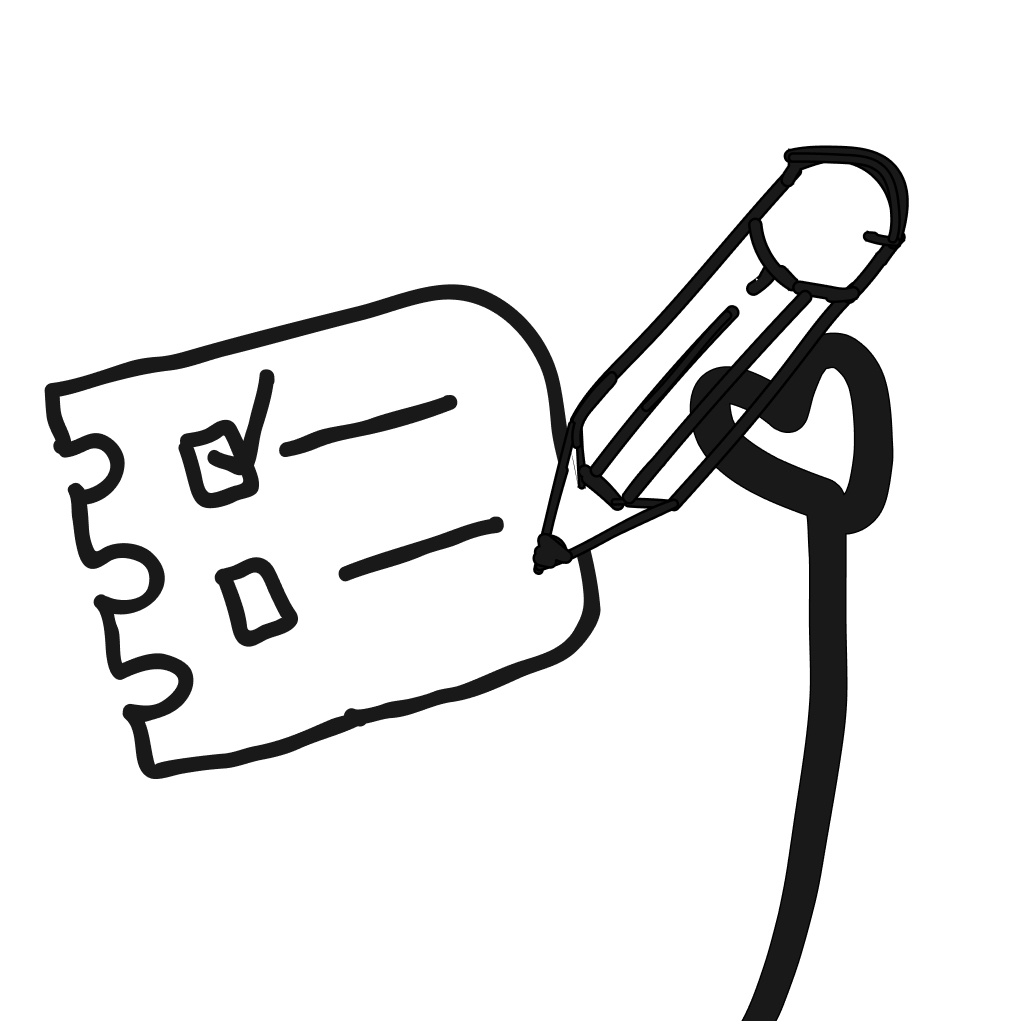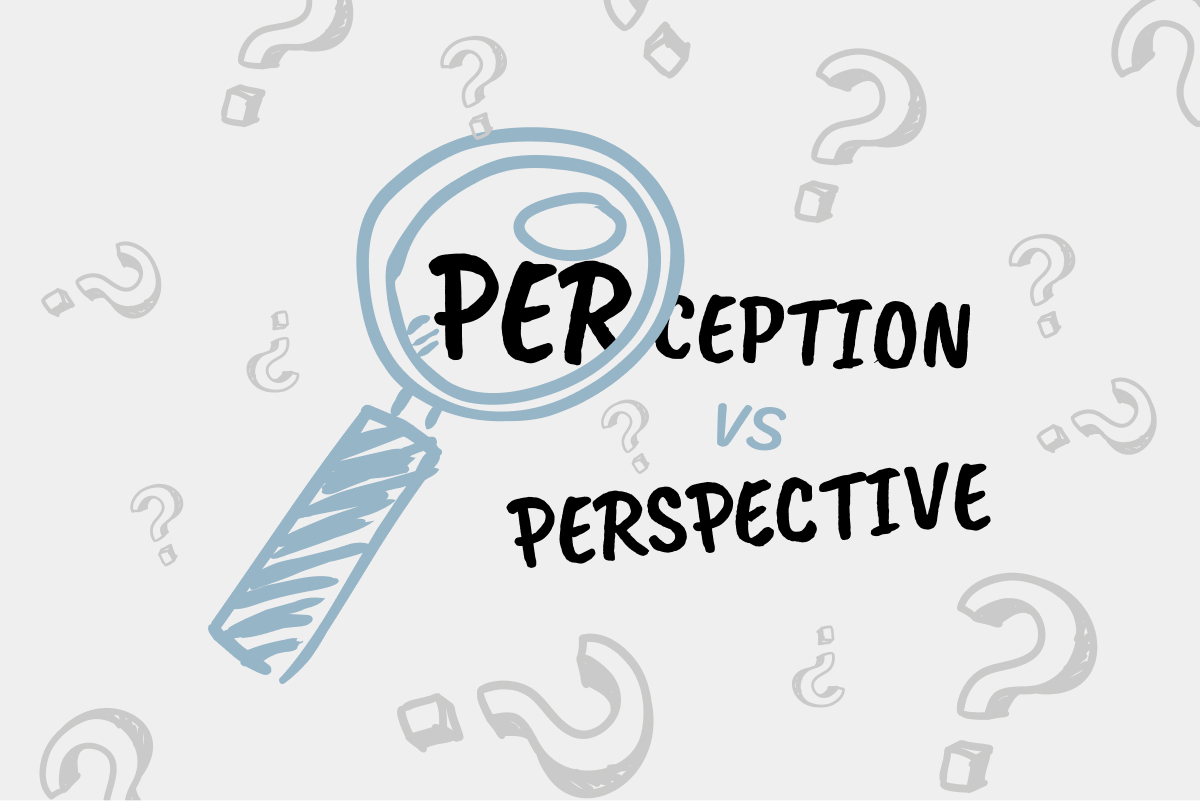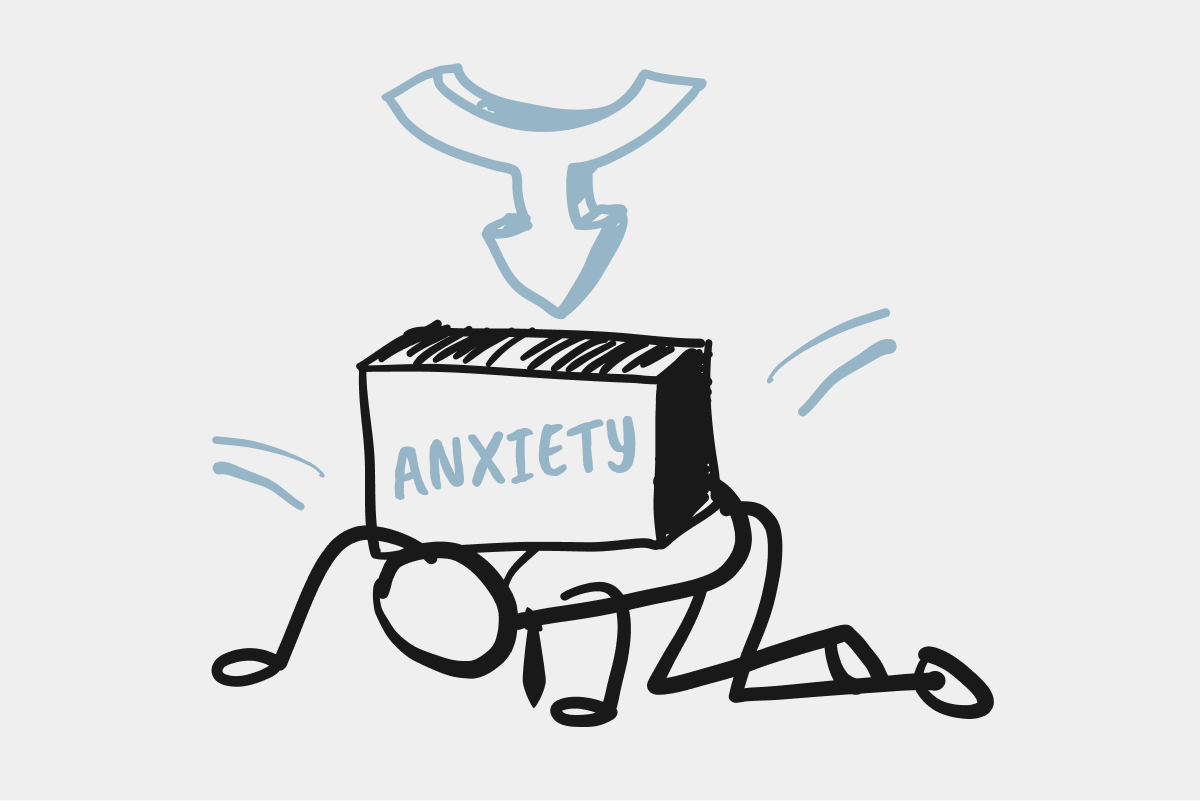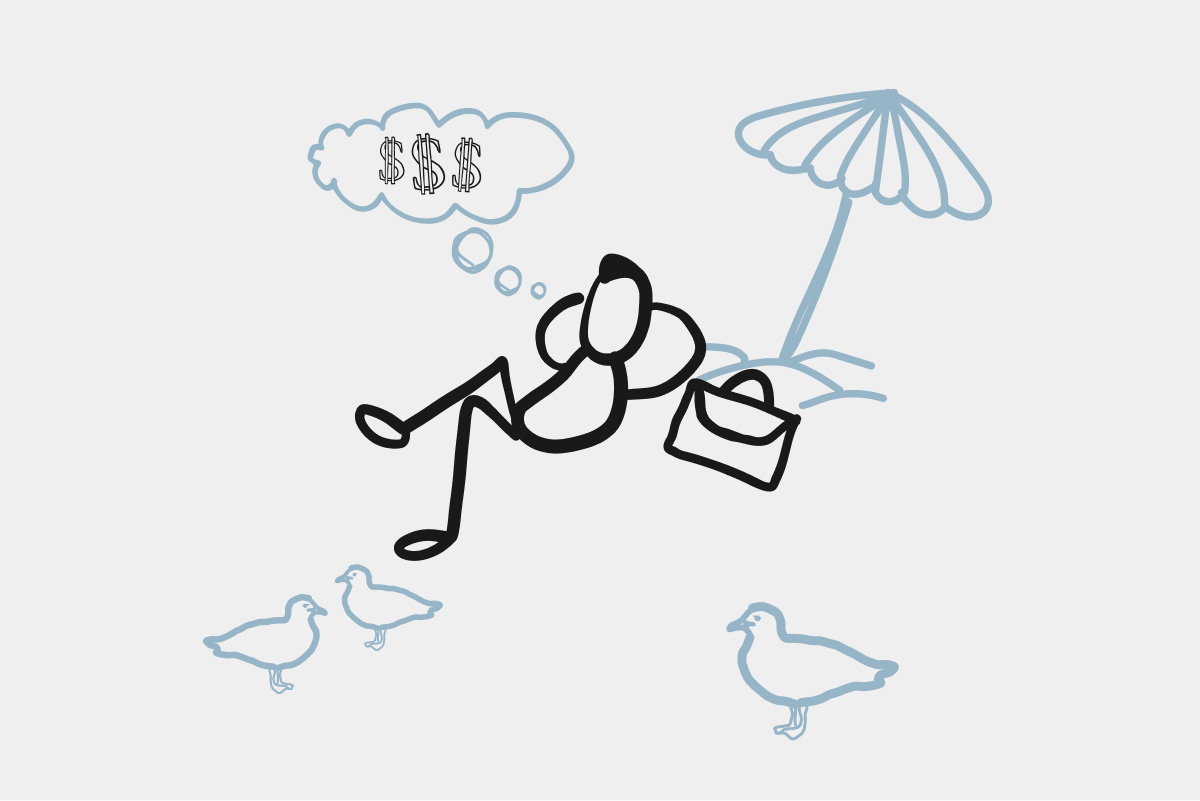The Hidden Friction That’s Slowing Your Tech Company Down
Are you constantly putting out fires? Jumping between product, sales, hiring, and feeling like you’re doing everything, yet nothing is moving fast enough? You’re not alone.
Most founders we work with hit a point where things just start to feel heavier and harder. You’ve got a good product. Revenue’s growing. But your team’s drowning in rework. Sales are inconsistent. Engineering keeps falling behind. And everything feels harder than it should. If you’re honest, you’re not sure where the problem is, just that you’re the one holding it all together. Most founders think the answer is hiring faster, selling more, or raising another round.

But what if the real drag isn’t on the surface? What if it’s your foundation?
The messy handoffs.
The unclear roles.
The fact that every critical decision still runs through you.
That’s not a product issue. It’s not even a people issue.
It’s an operations issue. And it’s fixable.
And that’s why we built the Modern Tech Company Maturity Map.
A Map for the Stuff No One Taught You
We built the Modern Tech Company Maturity Map to help founders and leadership teams get out of the weeds and build the systems that actually support scale.
It’s a simple self-assessment across seven foundational areas. Each one reflects a shift your business needs to make to grow beyond founder-led hustle:
1. Product - From guessing to validated product-market fit
2. Engineering - From code chaos to consistent, scalable engineering
3. Sales - From founder-led selling to a real revenue engine
4. Systems - From gut feel to clear, integrated systems
5. Strategy - From reactive cash management to investor-ready discipline
6. Brand - From scrappy brand presence to real demand generation
7. Team - From loose roles to intentional talent and culture
Each category includes three stages - Reactive, Structured, and Optimized - so you can quickly see where you’re strong, where you’re stretched, and where to focus next.
The best companies - the ones that scale on purpose - tighten these foundations early. We’ve borrowed from what works: Paul Graham on product fit, Dan Martell on systems, Jason Lemkin on revenue, David Sacks on cadence and roles.
What This Tool Is Really For
This isn’t meant to be a vanity metric or “scorecard for the sake of scorecards.”
It’s a tool for:
Founder awareness — to see where your business is at (without the guessing games)
Leadership alignment — to create shared language across your team
Operational planning — to anchor your roadmap in more than just product releases
You can use it as a quarterly check-in, a board prep tool, or a team offsite activity.
Some of our clients even embed it in OKR planning to prioritize areas of operational lift.
Once You’ve Scored Yourself… Now What?
After you complete the map, you’ll end up with a total score and a heatmap across the seven areas.
Here’s how we recommend using that data:
1. Spot your biggest drag
Look for categories stuck in the Reactive zone. These are the ones that cause repeated fires or slow everything else down.
2. Choose one or two areas to move up
You don’t need to fix everything at once. Moving from Reactive to Structured in just one key area (like onboarding or data visibility) can unlock massive returns across the business.
3. Set 90-day goals tied to maturity outcomes
Use the descriptions in the map to guide what “better” looks like. Example: Instead of “improve sales process,” aim for “documented pricing and CRM tracking for all new deals.”
What Happens When You Level Up
When companies move from Reactive to Structured, and then to Optimized, we see tangible, measurable results:
Faster onboarding and better retention for new hires
More consistent revenue without founder involvement
Stronger client retention through better customer fit
Improved team focus and alignment with clear scorecards and rituals
Reduced burnout from firefighting and rework
Increased investor confidence through better planning and reporting
Most companies don’t fail from bad ideas.
They stall out from lack of systems, unclear roles, and avoidable friction.
Ready to See Where You Stand?
This tool is built to help you grow with intention, not just speed.
Download the Tech Maturity Map
Assess your foundation. Align your team. And build a company that scales without breaking.





